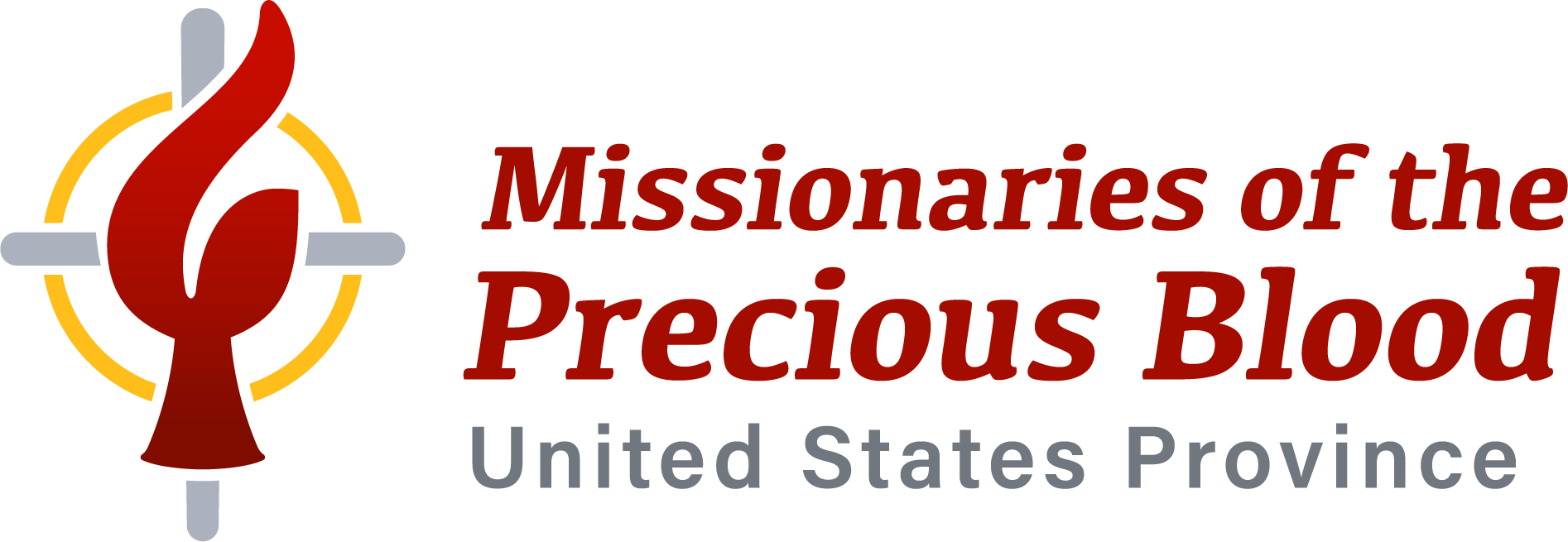by Tony Pino, Newark, California Companion
 On a drizzly day in Fremont, California, the Companions of the San Francisco Bay took a trip to the sunny Italian Peninsula with Fr. Jerry Stack, who presented a discussion of the relationship between St. Gaspar del Bufalo and the laity. The main point of the discussion was that the laity have always been part of Gaspar’s vision and his work. He has always been close to us. His breathing continues in the good work of the modern laity.
On a drizzly day in Fremont, California, the Companions of the San Francisco Bay took a trip to the sunny Italian Peninsula with Fr. Jerry Stack, who presented a discussion of the relationship between St. Gaspar del Bufalo and the laity. The main point of the discussion was that the laity have always been part of Gaspar’s vision and his work. He has always been close to us. His breathing continues in the good work of the modern laity.
The presentation was part of a retreat arranged by Fr. Dave Matz, C.PP.S., Interim Director of the Companions. Thirty-one companions attended the retreat, which was held in the Penthouse of Emeritus at Fremont, a senior living center. The Penthouse has a partial view of the City of Fremont and the now-greening hills at its east side. The companions represented parishes in Sonoma, Alameda, Berkeley, Newark and Hayward. (They ate well, thanks to the work of Mary Ann Anas and her husband, George). The retreat opened and closed with prayer, and offered time for group work on reflective questions dealing with personal faith within the community.
The central focus of the retreat was the role of the laity in life of Gaspar del Bufalo. Gaspar was born and raised during a time of great need in what is now Italy. The peninsula was divided by different languages and provincial attitudes. These societies were often disorganized; banditry and dissolute living were common. Vendettas were frequent and murder rates high. Newborn babies were often abandoned. To compound these misfortunes, diseases were also rampant. It was “a sinful time,” which called for a redemptive force. Gaspar was to provide this force through his charism—his holy gift—to the physically and spiritually needy of Italian society.
Gaspar needed the laity to accomplish this dedicated work. It was from this foundation of activity that we modern lay companions derive our spiritual origins, our lineage, our inspiration and obligation to love and work with passion and zeal.
Early in his life, Gaspar did hospital work with the support of lay workers, a relationship which was reflected in all his future work. From this point, and inspired by a contemporary, Monsignor Francesco Albertini, and previous saintly men—St. Francis Xavier and St. Francis DeSales—Gaspar set out to do mission work of all sorts, using lay associates and sodalities to provide the continuing work of preaching and working among the poor, sick and imprisoned.
Gaspar’s missionary activity required a physical infrastructure, and he established fifteen mission houses as the focus of this work. Each house was headed by a director, a deputy director, treasurer, and other officers who had detailed instructions from Gaspar on how their duties were to be performed. These men were expected to be ready for immediate assignments to other jobs if the need arose. Gaspar’s detailed management is a side of his charism that most of us were not aware of. He was a creature of the world as well as the spirit.
The most moving part of Gaspar’s story is his gentleness in the application of reconciliation. He encouraged the easy and gentle forgiveness of sins so that confessors could soon participate in the evangelizing and healing of Italian society. He wanted “sinners” to return to society as a benevolent force; he wanted them to know that forgiveness was a reflection of the greatness of God’s love.
Finally, Gaspar’s charism is a reflection of Jesus’ blood, to which Gaspar was deeply devoted. His devotion probably reflected the quietude and humility of his own mother and of St. Francis De Sales, whose charism was one of gentleness and quiet devotion.
It was a great day in Fremont! We learned that we the laity always had a place in the vision of the Missionaries of the Precious Blood. It affects our spirituality in that we, like those under holy orders, have important work to do. Through us, Gaspar’s energy still burns.
